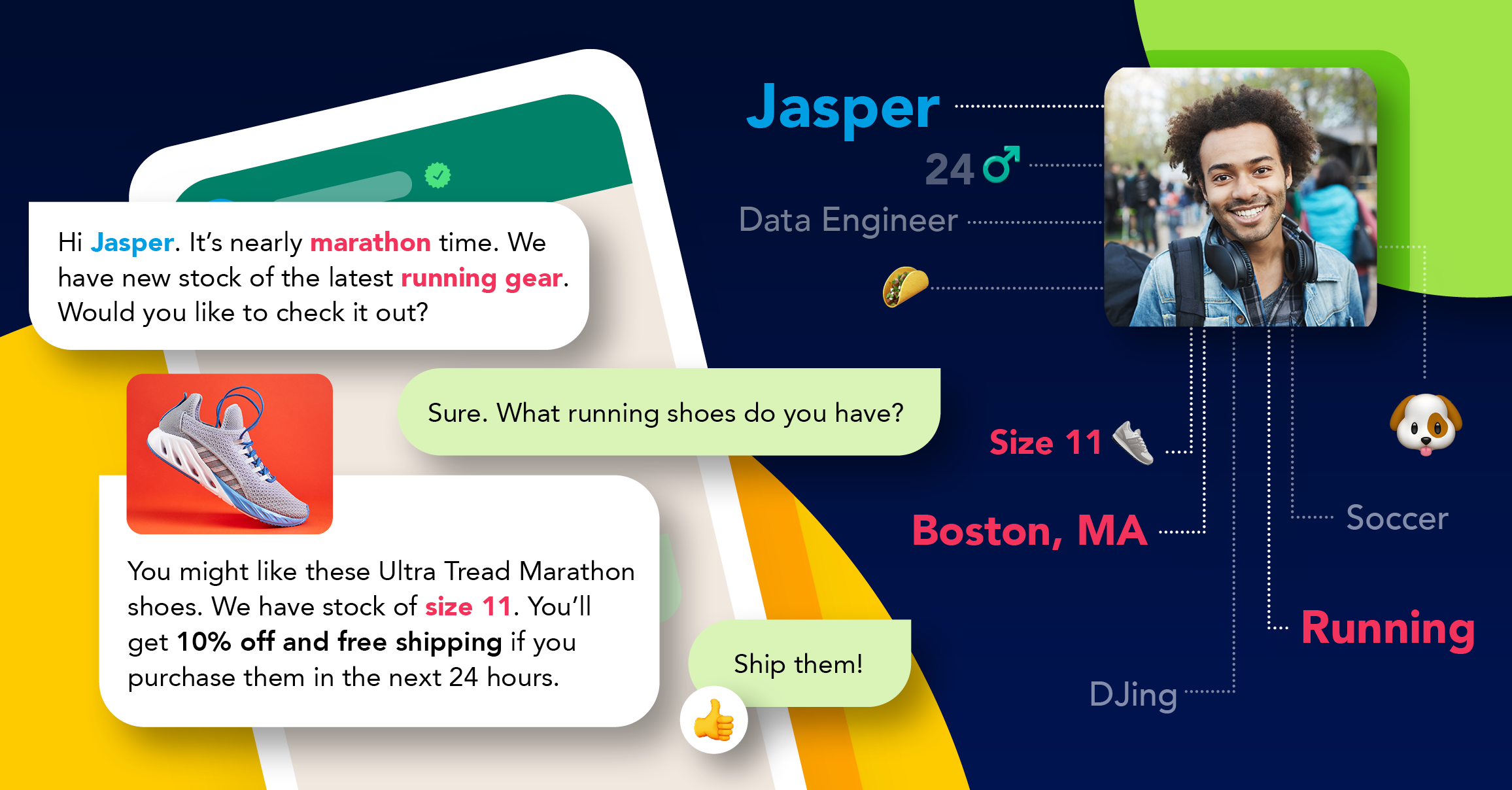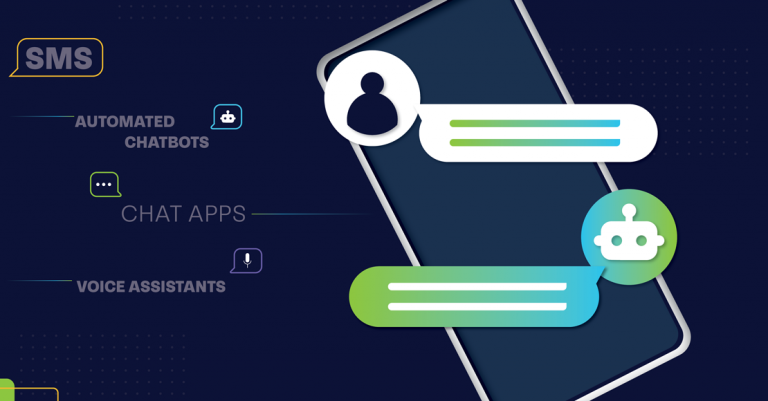
In an age when people can purchase practically any item online, customer service has become increasingly important to consumers. The majority of shoppers still prefer in-store experiences. Generational shifts, however, show that about 67 percent of millennials and 56 percent of Gen Xers prefer online shopping. The Covid-19 pandemic will likely increase these percentages, so you should expect to adjust your approach to accommodate evolving preferences.
As people move away from brick-and-mortar stores, you could lose your connection to customer support. Avoid this issue by adopting technologies that will improve your relationships, give customers the information they need, and solve problems quickly without meeting in person.
What Are the Benefits of Customer Self-Service?
Customer self-service offers several benefits for businesses and consumers.
Customers tend to enjoy self-service because they get:
Quick access to the information and services they need.
24/7 support that doesn’t force them to follow your business hours.
Immediate answers from other people who have experienced similar issues.
Consistency across multiple channels, such as social media platforms, your website, and supportive materials.
Importantly, many of today’s young consumers prefer communicating via text and online interactions. They don’t want to call a customer service line, sit on hold, and try to get help from a representative. For them, it’s a frustrating experience that can influence which brands they choose to buy from.
Businesses can also benefit from self-service customer support. When you rely on the right tools, your business can:
Spend less money hiring customer service reps.
Attract more consumers who prefer quick, self-service solutions.
Look more technologically advanced.
Adopt a multi-channel approach to improved customer service.
4 Options for Providing Customer Self-Service
You need to create an effective strategy before your business and customers benefit. You can start by focusing on the following options.
1. Create a Knowledge Base
A reliable knowledge base should answer the most common questions that you get from customers. You can probably start developing your knowledge base before you even release a product to customers. Spend some time thinking about the issues a new user might encounter. Then, write step-by-step answers that lead the user to success.
After you take care of the “low-hanging fruit,” you can grow your knowledge base by:
Creating a structure that makes it easy for customers to browse questions and answers.
Write different knowledge base articles that address the needs of beginner, intermediate, and advanced users.
Make your knowledge base more engaging and useful by adding diagrams, animations, and so on.
Monitor customer questions to decide which topics you should add to your knowledge base.
You can also offer improved customer support by adding a search field that directs people to content that helps them answer questions.
2. Provide Automated Support
Chatbots can answer common, basic questions from customers. They can also perform tasks like:
Redirecting questions to customer service agents when necessary.
Providing links to other helpful resources.
Addressing customer needs at all times of the day or night.
Encouraging customer interaction.
Collecting data to give you deeper insights into customer needs and concerns.
Online customers have gotten used to automated support. Today, they expect a chatbot to help them with basic issues.
3. Publish Pre-Recorded Classes and Tutorials
Pre-recorded classes and tutorials teach new customers how to use your products and services without forcing your business to spend money on permanent additions to your customer support team.
The best classes and tutorials usually:
Include images or videos that show people the precise steps they need to take to reach a goal.
Provide audio instructions for people who learn best by listening.
Get to the point to keep content short and effective.
Link to other resources customers might find useful.
It costs some money to make pre-recorded classes and tutorials, but you will recoup those costs by reducing the size of your customer service team.
4. Build a Public Forum or Community (Like GitHub)
A public forum or community gives customers a place to connect and answer each other’s questions. You might want to moderate comments and offer corrections, but the communities largely manage themselves.
Reliable places to create public forums and communities include:
Explore your options to find a platform that will appeal to your target demographic.
Good Self-Service vs. Bad Self-Service
Don’t assume that all self-service customer support will give you positive results. Your approach will influence whether you benefit from improved customer support.
In general, good self-service customer support:
Provides straightforward information that leads customers to success.
Automates tasks that customers can complete online without human interactions.
Offers diverse approaches to training to meet everyone’s preferred learning styles.
Streamlines processes.
Doesn’t interrupt customers too often while they browse your site.
Understands when to get a human customer service rep involved.
Bad self-service support often does the opposite. It:
Doesn’t offer information that truly answers customer questions.
Never evolves to meet the changing needs of your customers.
Takes a single-handed approach to teaching skills.
Uses poorly trained chatbots that can’t simulate human interactions.
Doesn’t know when it has reached its limitations and needs to alert a customer service employee.
Since you want improved customer support, pay attention to how your tools work and make adjustments to keep up with what your audience prefers.
Self-Service Doesn't Replace Human-Powered Support
Chat commerce can make custom self-service easier than ever. The technology does have limitations, though. You cannot always trust it to give customers the answers and resources that they need to succeed. Even the best chatbot will fail at times.
Clickatell Chat Desk was built to improve the live agent experience in contact centers because human interactions are needed to solve complex customer problems. Chat Desk decreases wait times and allows live agents to focus on what matters most for support – solving problems and delivering high-quality engagements that matter most to customers.
While it makes sense to put chatbots and other self-service options on the front line of your customer support strategy, you still need to employ customer service representatives trained to handle extraordinary situations. You also need to consider that some people simply do not like self-service customer support. They still want to speak with an empathetic person who can lead them to the right solutions. In this capacity, Chat Desk provides an extraordinary level of support and value, reducing workload pressure on your call center and giving supervisors more insight into customer issues and more control into elevations.
Improved customer support, in other words, needs to include diverse technologies. Get in touch with Clickatell to learn more about options that will appeal to your customers while helping you save money, increase conversions, and improve efficiency.
Explore other articles
Step into the future of business messaging.
SMS and two-way channels, automation, call center integration, payments - do it all with Clickatell's Chat Commerce platform.








